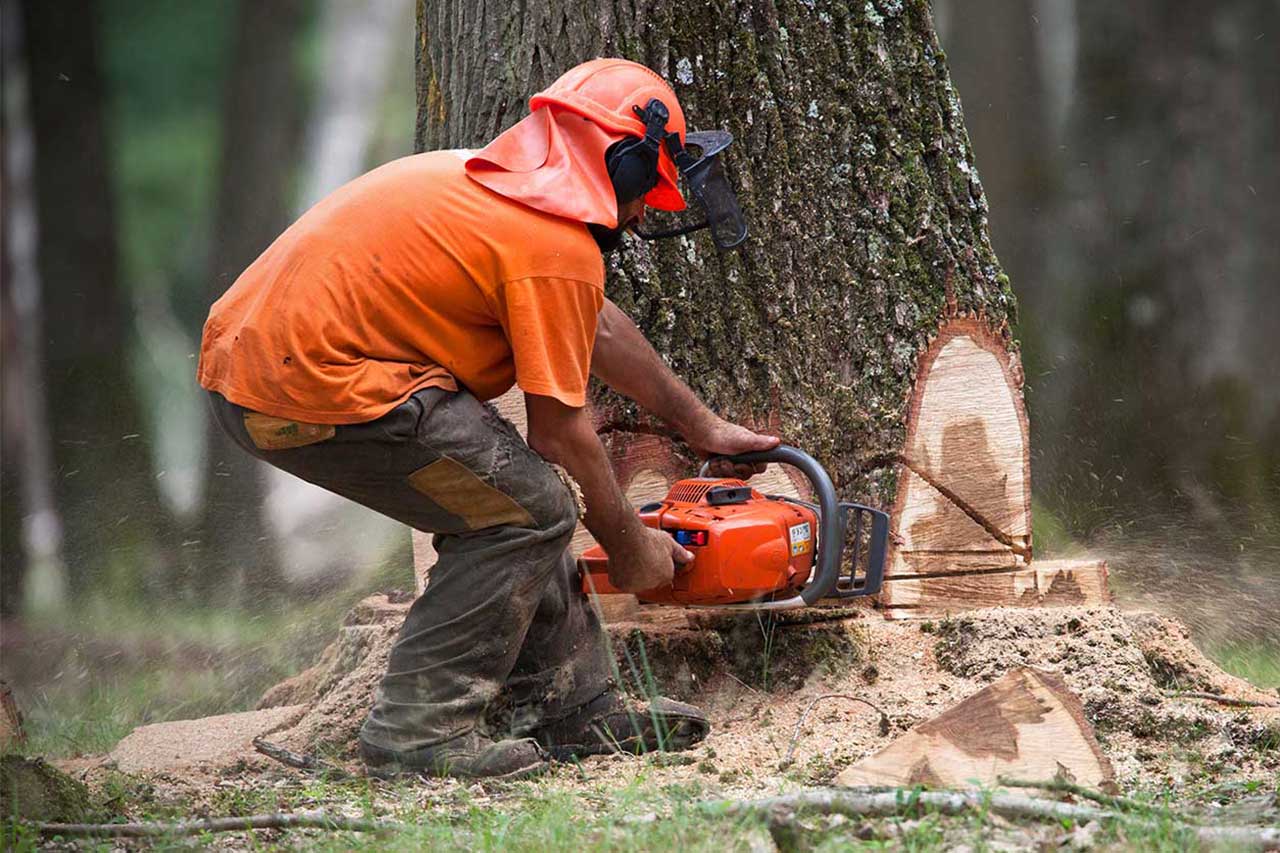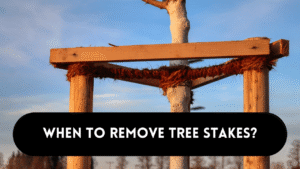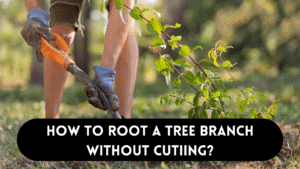Trees are an important aspect of our environment because they provide shade, oxygen, and visual beauty. However, you may need to remove or cut down a tree on your property at some point. For those who like to do their own home renovations, tree removal may be on the list, but only in limited circumstances. Here are some helpful DIY tree removal and cutting suggestions.
Understanding the situation
There are methods for safely removing a tree on your own, but only if the tree is small enough. If you need to use a ladder to reach and remove tree branches, that tree is too large for you to safely remove on your own.
Using a chainsaw while climbing a ladder is a recipe for disaster. You are endangering yourself and any nearby structures. Falling tree limbs are big and unexpected, making them a harmful combination.
The best option for huge tree removal is to hire a professional company to conduct the job for you. They have the necessary equipment, experience, and insurance to complete the task safely.
DIY Tree Removal and Cutting
Assessing the situation
- Determine potential hazards like electricity wires, neighboring structures, or uneven terrain.
- Determine the natural lean of the tree and calculate the direction it should fall.
- Make a clear escape path in case the tree falls unexpectedly.
- Because a falling tree is unpredictable, you must be prepared for anything. Clear all foliage surrounding the tree and select two different escape routes.
- Prune any damaged branches and assess whether the tree is leaning to one side. It is more prone to falling to the leaning side.
- Water the area surrounding the tree the day before you start digging so that the soil is easier to dig.
- Wear protective clothing. Goggles, gloves, earplugs, and a helmet while operating a chainsaw and working around falling branches.
- Take a measurement of your tree’s trunk. Plan on digging six inches deep for every inch to reach the full root system. Start digging around your tree using these measurements.
DIY Steps for Tree Removal and Cutting
Understanding the proper cutting procedures is critical for a safe and effective operation when removing a tree on your own.
1. Notch cut
- Make the notch cut you want to make on the side of the tree facing your desired fall direction.
- Make a horizontal cut about one-third of the way through the tree trunk, slightly above waist height (the top cut).
- Make a second, downward-angled cut (the bottom cut) below the horizontal cut that meets the end of the first cut, forming a notch with a 70-degree angle.
2. Wedge cut
- Stand on the side of the tree opposite the notch.
- Make a horizontal cut that is slightly higher than the bottom of the notch. This cut should meet the notch cut, resulting in a horizontal cut that removes a wedge of wood.
- The wedge cut should have a 70-degree angle, matching the notch’s angle.
3. Felling cut
- It should be made on the side opposite the notch and wedge cuts.
- stand on the opposite side of the tree from the notch and wedge cuts.
- Make a horizontal cut a few inches above the bottom of the notch cut, but slightly inside the point of the notch.
- The horizontal cut from the wedge cut should meet the felling cut, simply removing a section of wood and guiding the tree’s fall.
4. Back cut
The last cut comes after the notch, wedge, and felling cuts have been completed. The back cut is made on the opposite side of the notch cut and slightly above the wedge’s horizontal cut. It should run parallel to the ground and be at the same level as the notch’s bottom. The rear cut aids in the management of the tree’s fall and prevents splintering.
You’ll be much safer if you have trusted help standing a few feet behind you, keeping an eye out for falling limbs, and alerting you when the tree begins to fall.
Remove the root ball if the tree is small enough. Wiggle the ball out using leverage. If you intend to transplant the tree, keep the roots intact. For disposal, use a chainsaw to cut it apart.
Start cutting off branches from larger trees once they’re on the ground. Begin from the bottom of the trunk and work your way up. Cut the trunk into smaller pieces for transportation or firewood.
When to Seek Professional Help
While many DIY tree removal projects are possible, there are some situations that should be left to specialists. Consult a licensed arborist or tree removal firm if the tree is near power lines, or large structures, or poses a severe safety risk.
FAQs
Is DIY tree removal safe for beginners?
Beginners can safely perform DIY tree removal if they follow safety standards and have the necessary tools and skills. However, in some cases, expert assistance may be required to assure safety.
Can I remove a tree near power lines on my own?
It is not recommended to remove a tree near power lines on your own. Such situations can be extremely dangerous. Instead, contact your local utility company for guidance and assistance.
How often should I prune and trim my trees?
Pruning and trimming depend on the tree species and its growth rate. In general, it’s recommended to prune and trim trees every 1-3 years to maintain their health, shape, and safety.
What is the fastest way to remove a tree stump?
The quickest way to get rid of a tree stump is by using a special machine called a stump grinder. This machine has a spinning wheel with sharp teeth that can grind the stump and its roots into tiny pieces like sawdust.
Conclusion
DIY tree removal and cutting can be a rewarding and cost-effective solution for managing trees on your property, but it comes with significant responsibilities. Prioritizing safety, assessing the situation, and using proper cutting techniques are fundamental to a successful project.




